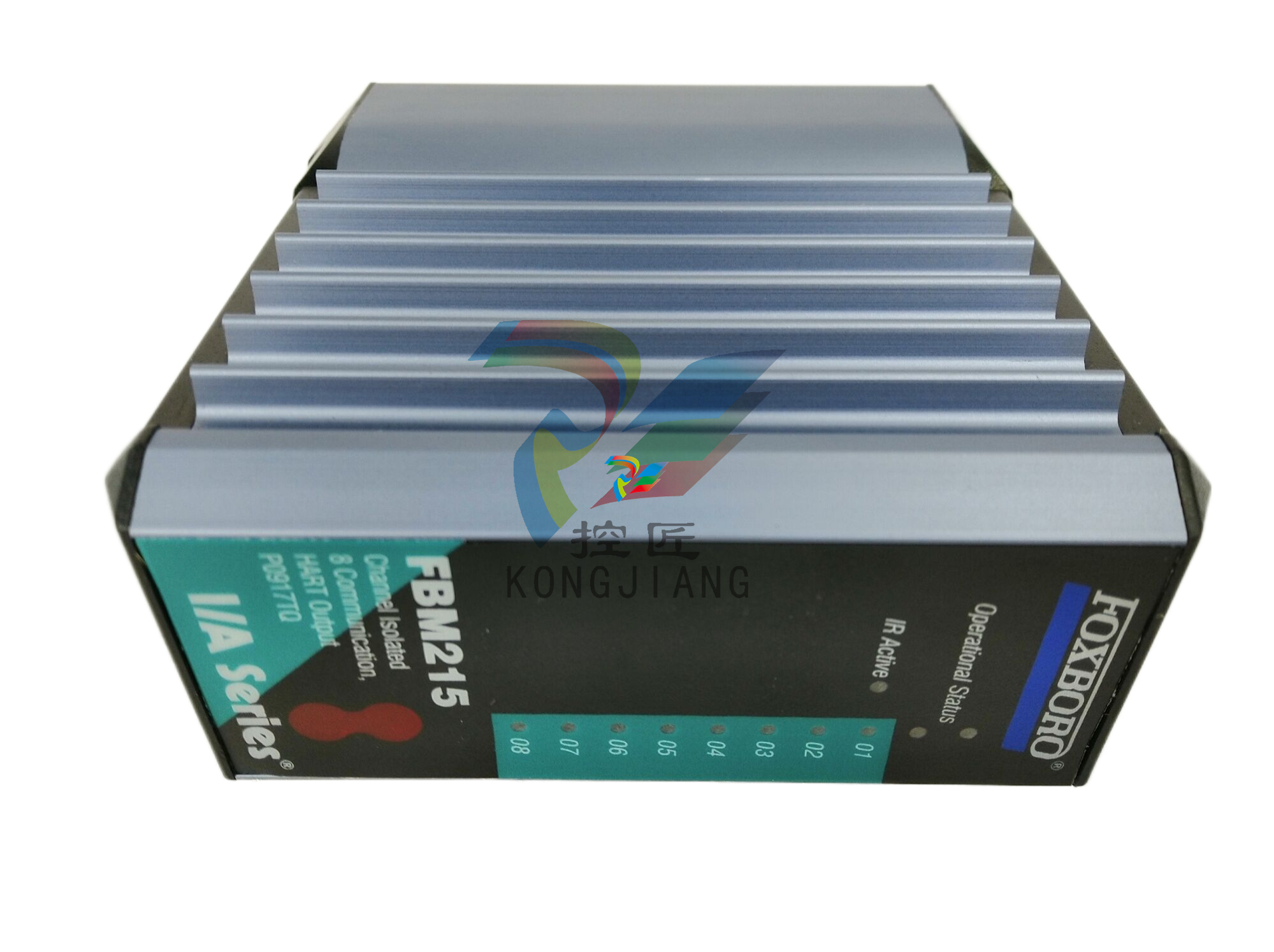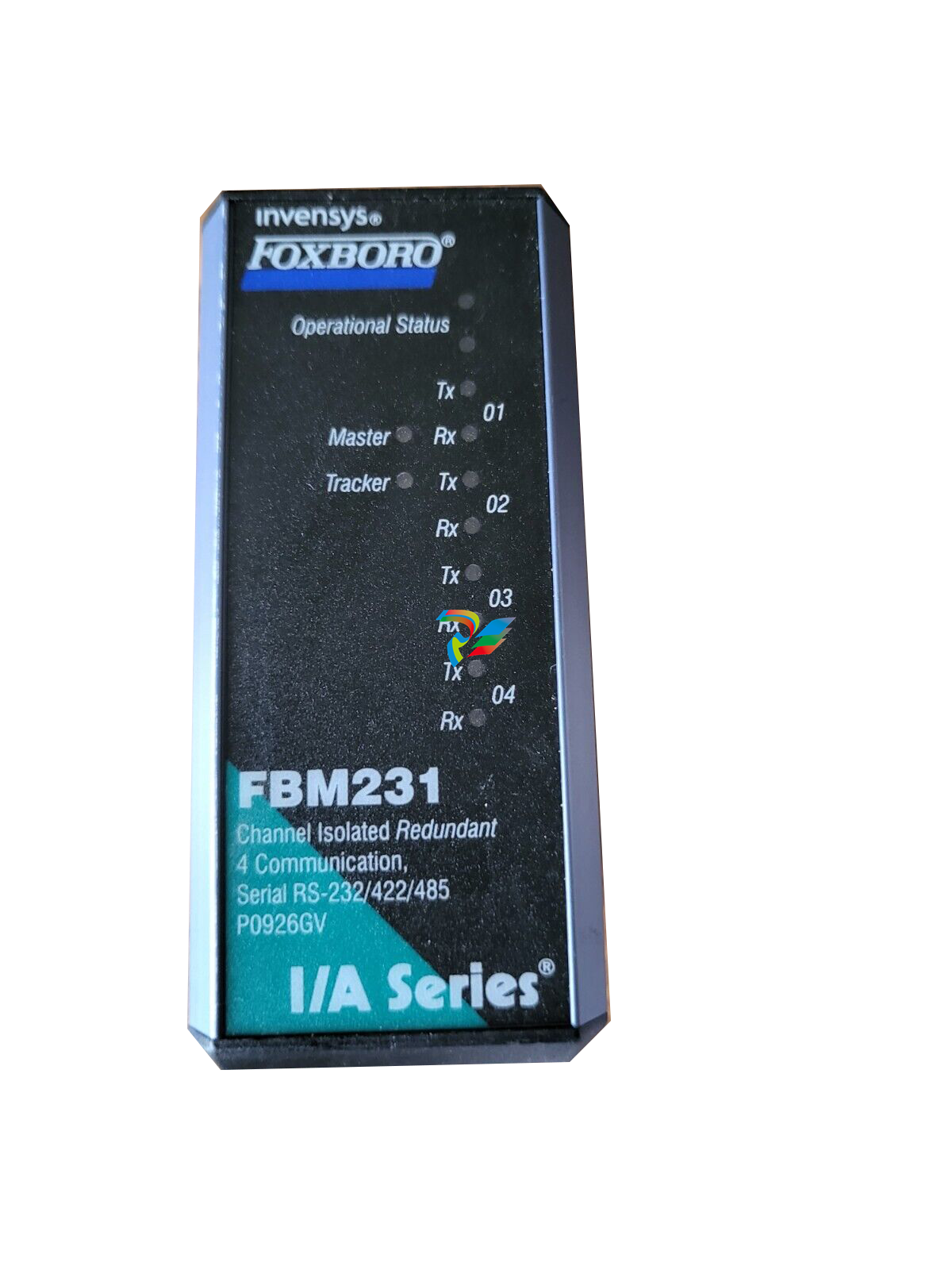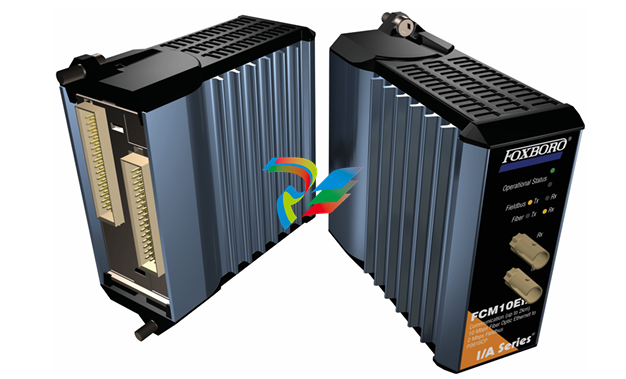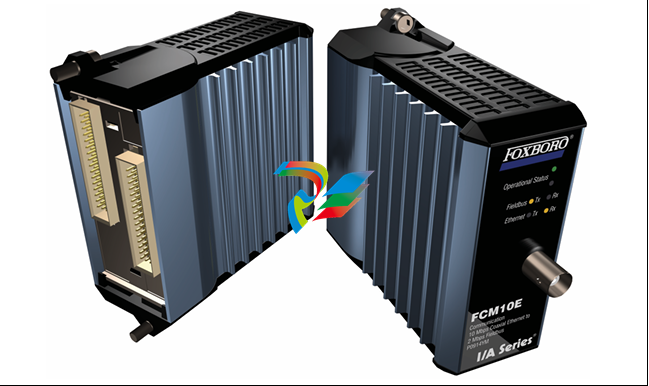
Case Study: Automation Creates Immersive and Interactive Experiences in Escape Rooms

Escape rooms are immersive adventure games where players are “locked” in a themed room and must solve a series of puzzles and challenges to “escape” within a set time limit (Figure 1). At first glance, it may not seem that an escape room would have much in common with industrial and manufacturing processes for the automotive, food and beverage, and entertainment industries. However, one industrial automation systems integrator (SI) has leveraged their normal business expertise to form a unique collaboration with an entertainment company that develops and deploys escapes rooms. As technical effects become more prevalent, the entertainment company needed assistance from an SI with advanced automation knowledge.

Inside the room, players work as a team to uncover hidden clues, solve various puzzles and riddles, and sometimes complete physical tasks. Often, there are a variety of technical elements involved, including sensors that trigger automated responses, interactive lighting and sound effects, countdown timers and camera monitoring systems (Figure 2). With numerous inputs and outputs (I/O) to manage, an industrial programmable logic controller (PLC) is the ideal tool to keep gameplay running smoothly.
Game-changing technology
Andrew Schulman began his career as a mechanic and equipment repair technician, supporting a variety of consumer, commercial and industrial customers. Building on his mechanical and electrical experience, he branched out and began learning about PLCs, which automated much of the equipment he worked on. While mostly self-taught, some formal training and use of other available learning media helped him gain enough expertise to found Schulman Engineering, an SI in Southern California. He has found the experience to be game-changing in more ways than one.
Schulman has worked in many industries, sometimes for end users and other times for other SIs. The ability to troubleshoot and program electrical and PLC systems opened up many traditional opportunities, but one of his most unique clients develops and operates escape rooms.
This client already had a functioning escape room with a PLC managing various tasks, including controlling a multi-channel audio board to play sound effects at precise moments. However, they lacked the ability to support the PLC on their own. They wanted to replicate and enhance this setup for a new escape room they were building.
Schulman was enlisted to write the logic for the PLC, and to support his client so they could understand the system and manage it independently. Although access to versions of code from previous games was available, this project required a careful look at the system architecture because there were some suboptimal programming practices. Ultimately, Schulman delivered a solution in the form of a flexible program structure that not only addressed the immediate needs of the new game, but also facilitated future expansion and game development.
Similar to the way that the games themselves test players’ problem-solving skills and creativity, programming the games can present interesting challenges for developers. This particular game had a variety of inputs to manage, including floor pad sensors, lighting controls, sound effects and movable clock hands with position sensors connected to the PLC. Although many industrial standards don’t apply, the gameplay environment shares many similarities with industrial applications and requires flexible and robust hardware. Due to the interactive and sometimes unpredictable nature of play, the program is subjected to frequent resets and extended bypass periods, which can be initiated automatically by program inputs or input manually by the game operator.
Cracking the code
Schulman was already familiar with the easy-to-use family of AutomationDirect PLCs. In this case, the Productivity1000 PLC, a stackable micro programmable controller, was the ideal choice to oversee the game logic because it is packed with powerful features including a wide-range of discrete, analog and specialty I/O support (up to 752 nodes), extensive communication options (USB, Ethernet, RS-232 and RS-485), and easy device integration—all provided in a compact and affordable package.
During gameplay, effects and automated clues are triggered by actions and inputs throughout the escape room and logic within the controller. The PLC manages more than two hundred unique I/O points (Figure 3), using a combination of serial communication and digital I/O distributed in various locations throughout the game. The digital I/O utilizes best practices and industry standards for field-based industrial devices operating at 12 VDC.













































.jpg)
.jpg)
.jpg)





.jpg)



.png)
.jpg)

.jpg)
_lVjBYb.jpg)

.jpg)
.jpg)



.jpg)
.jpg)







.jpg)

.jpg)
.jpg)






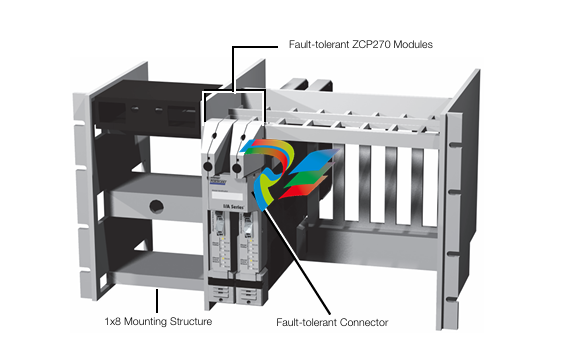

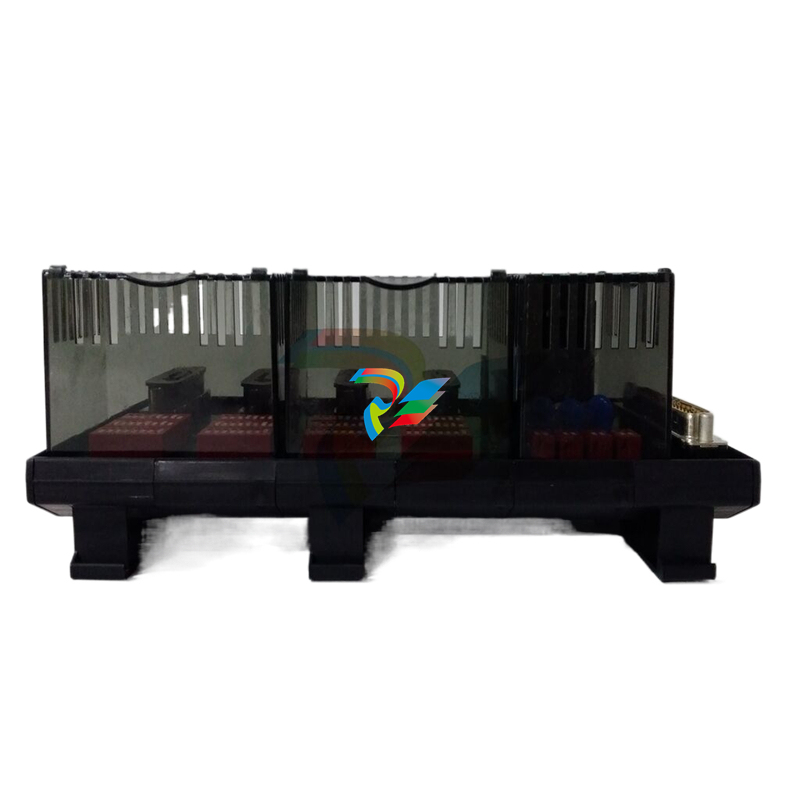
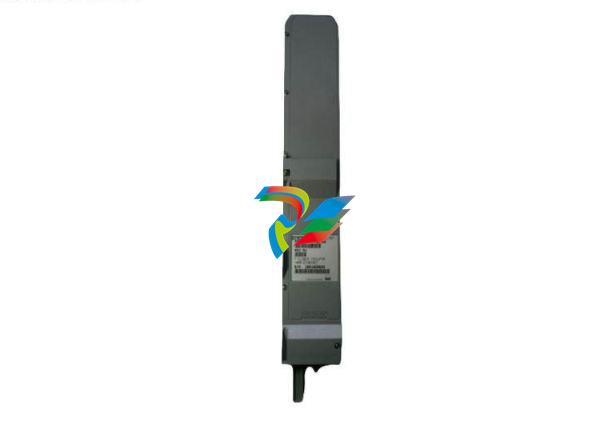
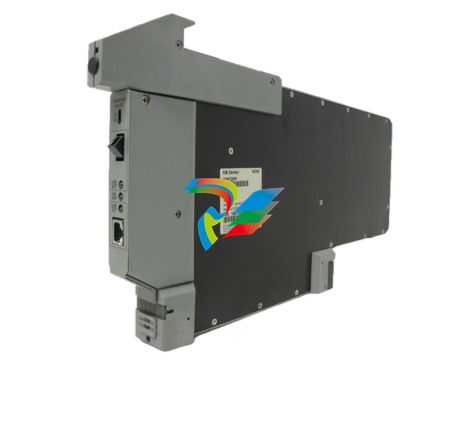
.jpg)
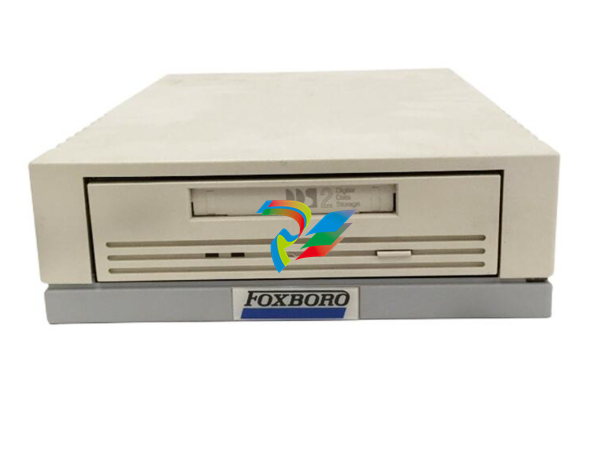

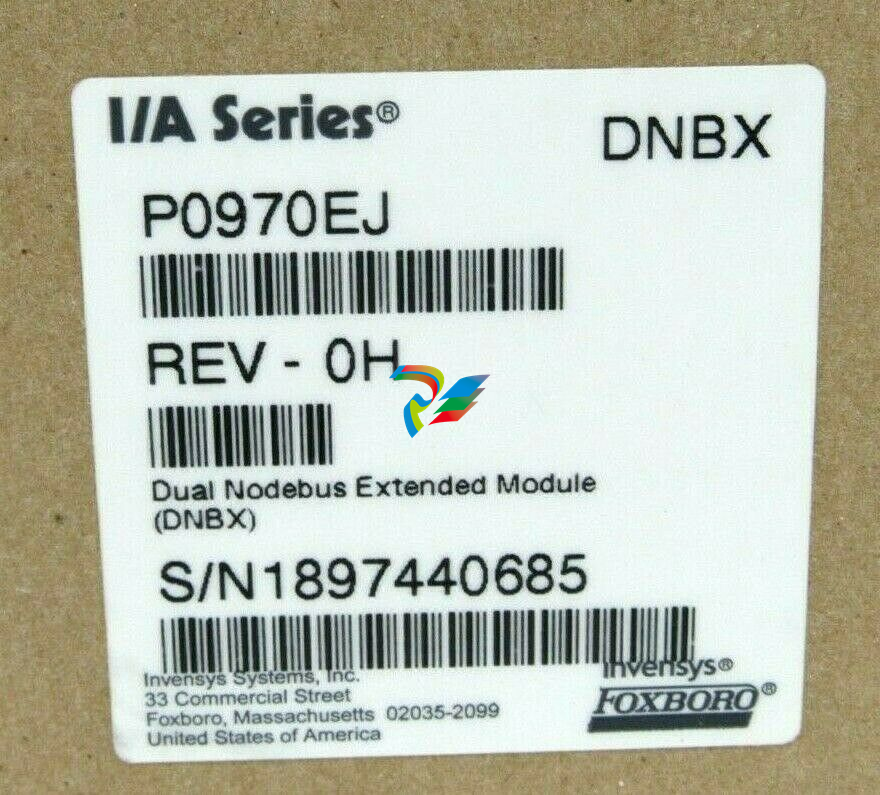

.jpg)
.jpg)
.jpg)
.jpg)
.jpg)
.jpg)
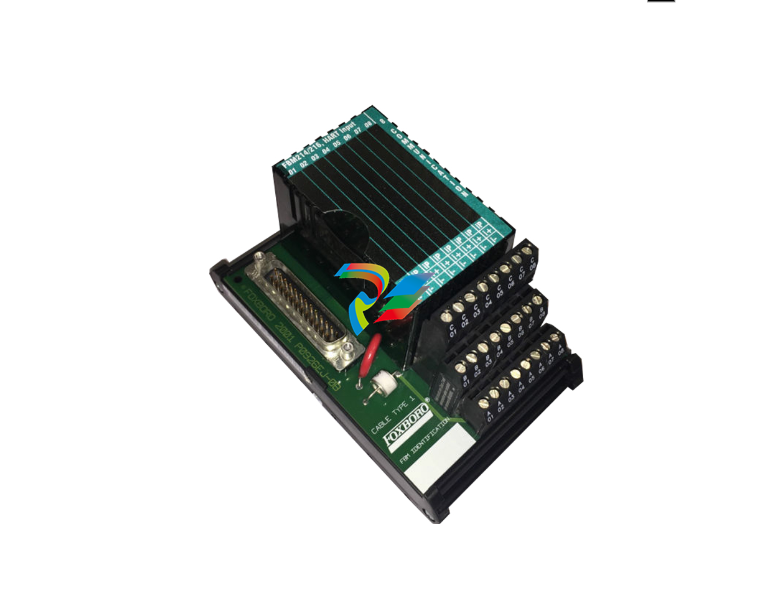
.jpg)
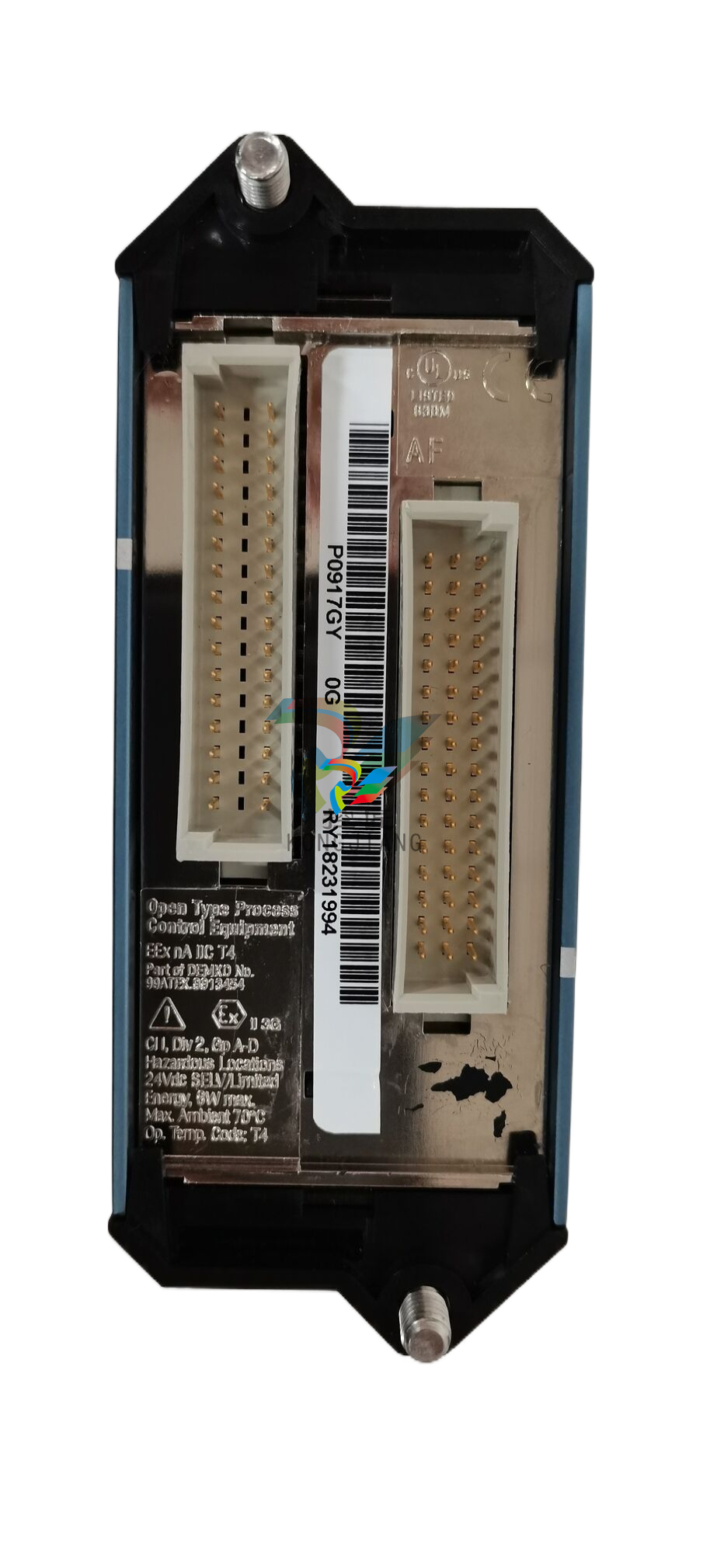
.jpg)
.jpg)
.jpg)
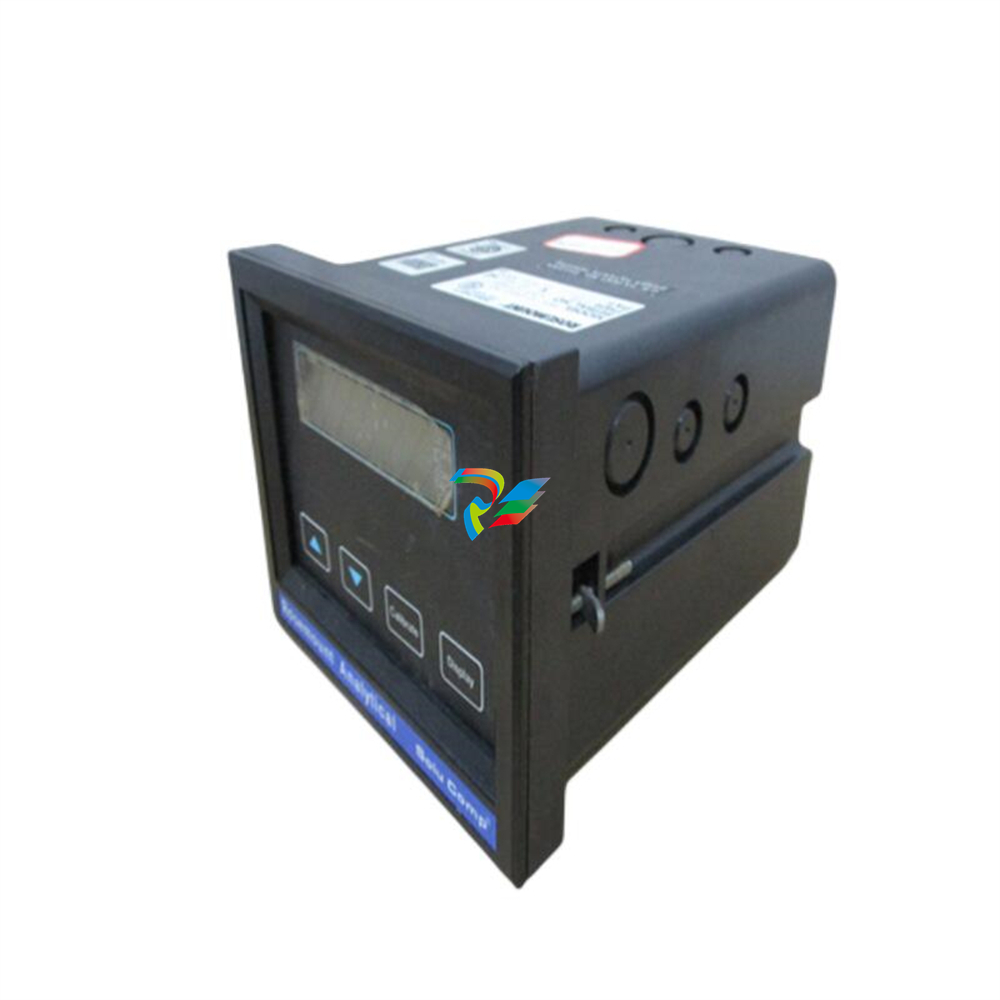
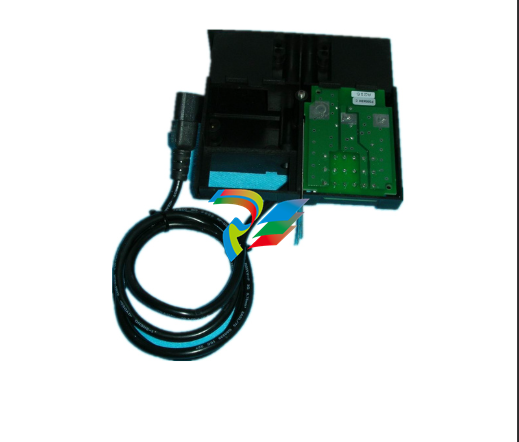
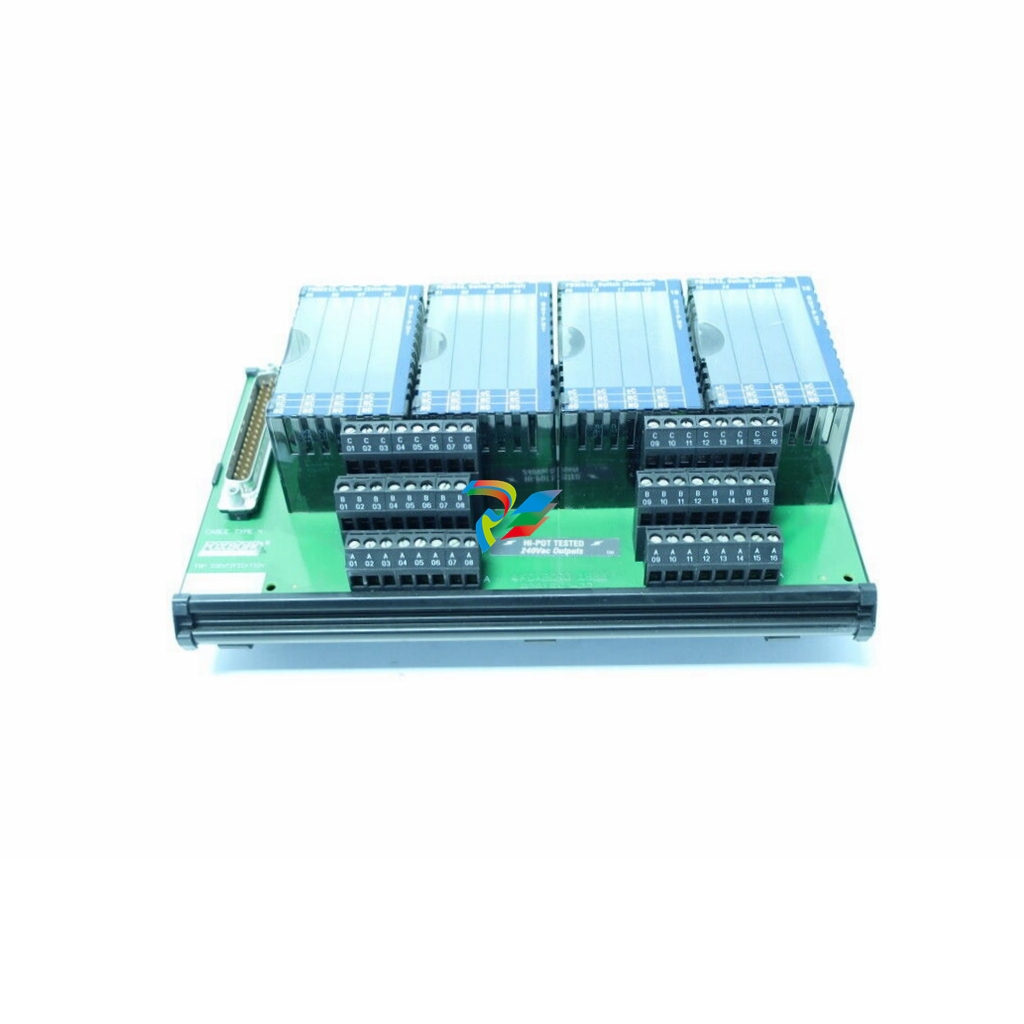
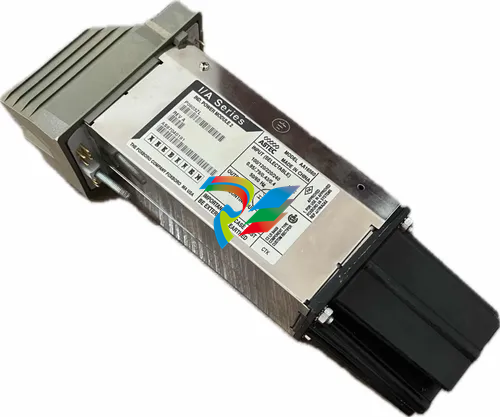
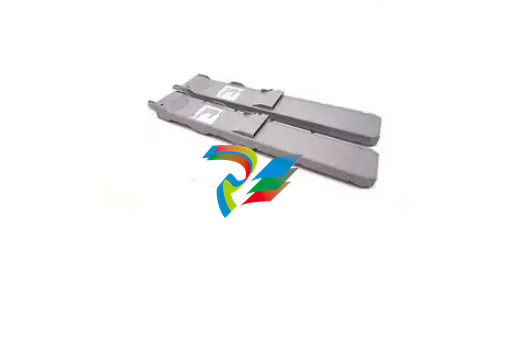
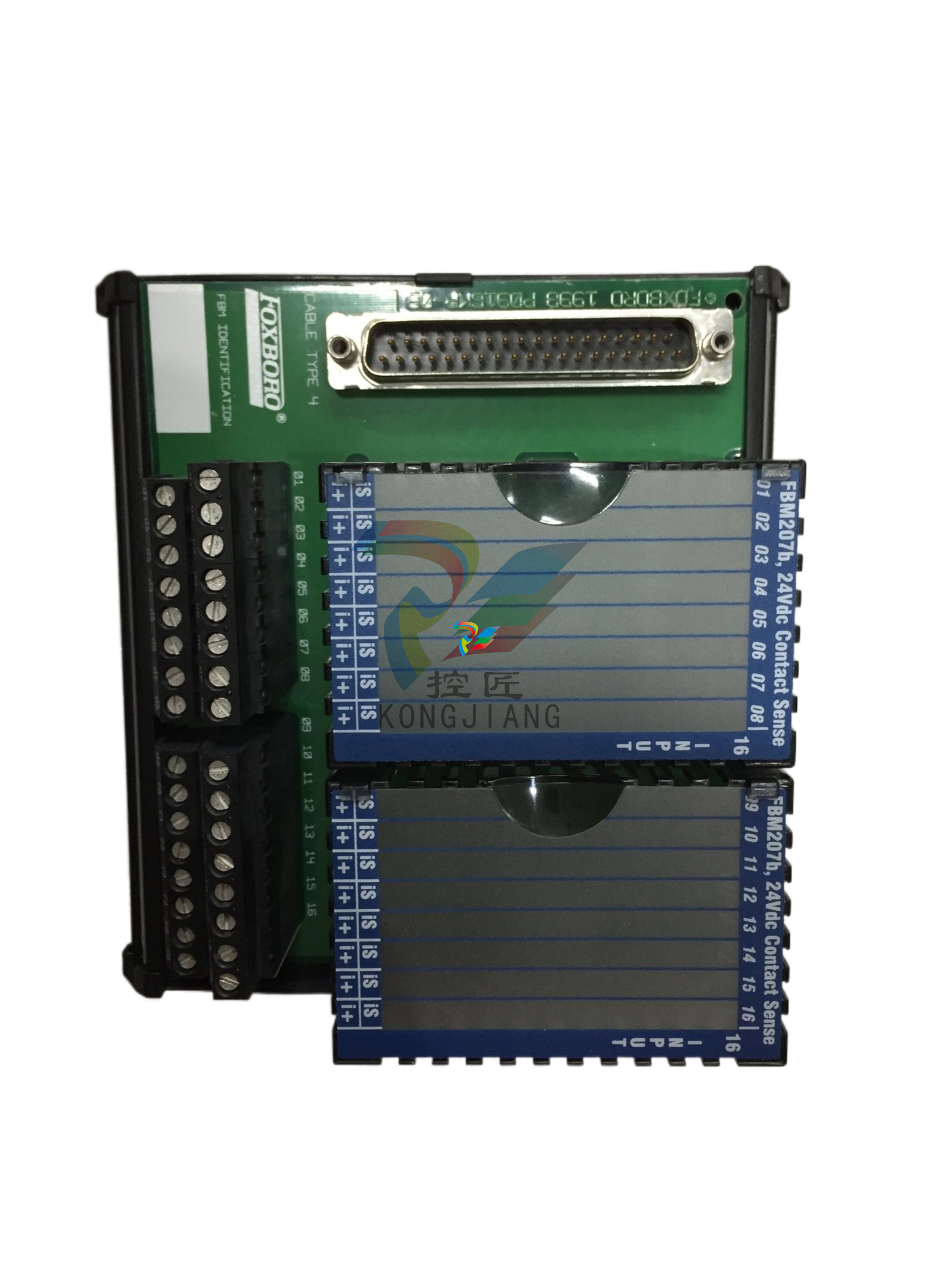
.jpg)

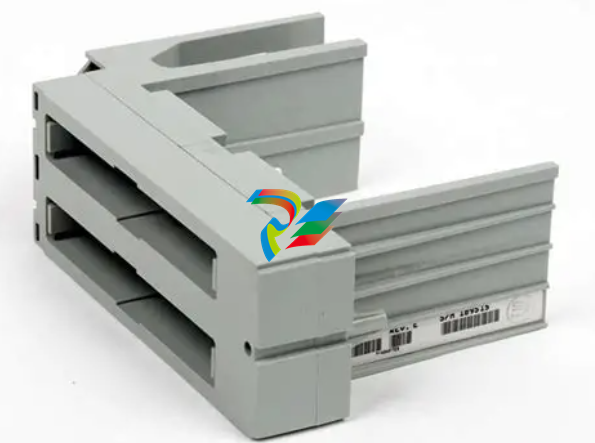
.jpg)
